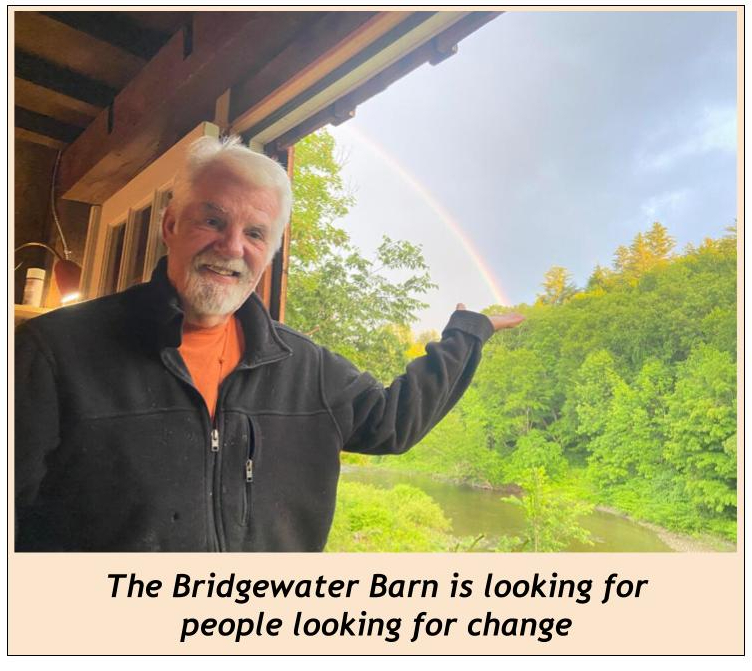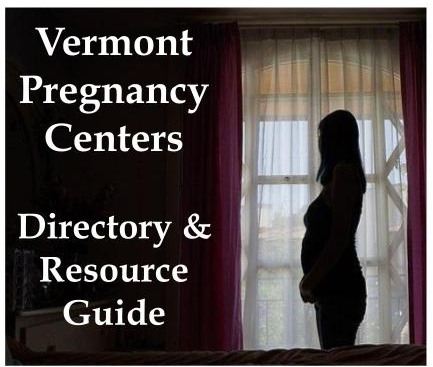
by Tom Evslin
The Vermont legislature is playing an expensive shell game… and planning worse. The “equalized pupil” is the shell under which the pea is hidden.
OK. We all know there is a property tax crisis in Vermont. The average amount Vermonters pay in educational property tax is going to go up at least 15% this year. Residents of some districts will see a much greater increase. Educational quality continues to decline according to national standards although we pay more for education per student than most states and have a greater ratio of staff to students than any state. People are voting down their local educational budgets in record numbers, often saying they are trying to send a message to Montpelier. If there are good candidates to run against them (not at all a sure thing!), many legislators will lose their seats in November. The possibility of not getting reelected does get the attention of legislators, so much so that they are planning to appoint a study committee that will report back in eighteen months. How’s that for action?
There are only two ways to avoid gargantuan increases in property tax
- Raising other taxes and creating new taxes to support education. Problem with more taxing is that there are many claimants for new revenue (need I mention the endless temporary housing program?) and very few people who want to pay new taxes just so they will have a slightly smaller increase in property taxes this year and in years to come.
- Reduce spending on education. Legislators say they can’t do that because school budgets are set locally and Vermonters cherish local control. It is literally true that we vote on our school budgets locally. However, the odds are stacked by statute against local thrift. Because of the way the current property tax system works, all the gain of an extra dollar spent is local and the pain of paying that extra dollar is spread over all the property taxpayers in the state. Looked at the other way, the pain of a dollar saved is local and the gain is spread across the state. How can a responsible local school board ever cut a program?
How do we change incentives so that local school districts become thrifty?
We can’t go back to just having each town use its own tax base to pay for whatever education it wants to provide. In 1997 the Vermont Supreme Court ruled:
“…we decide that the current system for funding public education in Vermont, with its substantial dependence on local property taxes and resultant wide disparities in revenues available to local school districts, deprives children of an equal educational opportunity in violation of the Vermont Constitution… The remedy at this juncture properly lies with the Legislature.”
We don’t want to perpetuate pockets of poverty. It’s acceptable, to me at least, that it is a state responsibility (meaning all of us) to give each student an opportunity for a good education. Let’s assume, for the moment, that those dollars will largely come from property taxes and be assessed (as they are now) so the burden is apportioned strictly by the value of individual real estate. A half-million-dollar residence pays the same rate for education no matter what town it’s in.
At the extreme (and it might be a good idea), the state could allocate so many dollars to each student and they could take those dollars and go to whatever accredited school, public or private, their parents chose. The budget of each school would be determined by how many students it attracted, which would also encourage excellence.
But that’s not going to happen, at least not right away. A more moderate suggestion, which preserves some local control, is that the legislature determines the cost per student for a quality education and gives that much money from the state-wide property tax fund to each local school district along with standards the district must meet. A district which wants to spend more per student can vote to do so; but the district must raise the extra money locally. Note there is no perverse incentive to spend more as there is in the current plan.
If you don’t listen closely, it sounds like many legislators are proposing exactly this system. But most are not! You have to look for the fine print: it’s the word “equalized” before the word “pupil”. This little modifier makes all the difference.
So what’s an equalized pupil?
Vermont has 84,000 actual students; it has 132,100 equalized students! Stowe and Winooski both have about the same number of actual students; Winooski has almost twice as many equalized pupils as Stowe. The concept of equalized pupil started out reasonably to account for the higher cost of educating a high schooler than a kindergartener. Then small adjustments were added for the local poverty rate and the number of students for whom English is a second language on the theory that these students are also more costly to educate. With Act 127, whose implementation caused this year’s chaos, the legislature completed the process of making these weightings into a full-fledged although hidden welfare system. They declared, with the help of consultants, that it costs more than twice as much to educate a student from a family living below 185% of the Federal Poverty Level as it does a student from a wealthier family. According to the legislature and its consultants, it costs two and a half times as much to educate a student who is not a native English speaker. The result: one actual student who comes from a poor immigrant family counts as 4.52 equalized pupils when doling out funds from the statewide property tax pool.
Let’s say for example, that the cost for a good education in Vermont is $20,000 per actual student. If each district receives this much per actual live student and has to tax itself to spend more, no student is denied the chance of a good education and each district has an incentive to save but none have an incentive to spend less (they would not be allowed to put unspent money to other town uses and would be responsible for meeting standards). Stowe receives $15,400,000 for 770 students and Winooski receives $15,720,000 to educate 786 students.
However, as legislators know very well, that’s not what will happen if the money is allocated per equalized pupil. $20,000 per actual student is $1.68 billion statewide ($20,000 x 84,000 students). The legislature will instead divide the $1.68 billion by the 132,100 equalized pupils and declare a cost of $12,718 per equalized pupil. Stowe then gets $12,921,488 for its 1016 equalized pupils and Winooski gets $25,715,796 for its 2022 equalized pupils. This allocation means Stowe receives only $16,781 per actual student and has no choice but to tax itself to even reach the $20,000/student cost of a decent education in Vermont. To add insult to injury, most legislative proposals and current state law (temporarily suspended) assess a penalty on districts which elect to spend more than the declared statewide cost per student. Meanwhile Winooski has $32,717 to spend on each one of its actual students and no incentive at all to be frugal nor any requirement to deliver good results with this windfall.
You may say “yeah but Stowe is rich and Winooski is poor; Stowe can afford to pay more.” It is hard to feel sorry for Stowe (where I live); but, remember, the tax is already levied on a statewide basis. Stowe has more valuable property than Winooski and will and should contribute much, much more to the statewide fund than Winooski no matter how the money is allocated. But, if property taxes are higher in Stowe than Winooski per dollar of assessed valuation because Stowe must make up for a shortfall in educational funding, it means that someone in Stowe in a $500,000 house (good luck finding one) pays more than someone in Winooski in a house with the same value.
It does cost somewhat more to educate students for whom English is a second language. It arguably costs more to educate students living in poverty (although evidence that the extra money is spent well is thin). If state education dollars are allocated per actual rather than per equalized student, it may be necessary to make some extra allocation to districts with many such students but that should be by honest appropriation rather than the shell game of the equalized pupil and outcomes must be monitored to make sure extra money really results in better-educated students.
A thought experiment
If it now costs 4.5x more to educate some students than others and it costs $20,000 on the average to educate a student in Vermont, shouldn’t we just offer say $40,000 to any qualified public or private school which demonstrates better outcomes for these more needy students and relieve the local school districts of the burden (and the extra equalized pupils)? $40,000 is much less than the $80,000 or so per doubly disadvantaged student we’re giving to the districts which now have the responsibility for educating them.
Two things to remember in November (even if legislators hope you won’t)
- Look for the magic word “equalized” in any proposal to fund education equally across the state. In this context, “equalized” means highly inequal.
- We won’t have any choice in November if reasonable people, regardless of party, don’t run against legislators who won’t or can’t deal with the hash they’ve made of education and education funding in Vermont.
The author, an author, entrepreneur, former Vermont state cabinet officer, lives in Stowe. He founded NG Advantage, a natural gas truck delivery company. This commentary is republished with permission from his blog, Fractals of Change.
Categories: Commentary, Education, State Government









Look ! behind that giant fan, is that, could it be, I’ve seen something similar on farms. If that is what I think it is, I would not want to be positioned in front of that giant fan !
There may be consequences for all the crazy socialist spending after all !
Ask your local board if they care. I bet they don’t. They seek to preserve and enhance the educational institution (this is part of what they learn at their VSBA seminars) not serve the best interests of the students, families of students and the tax payers of their district. It’s too big, too fat, too gluttonous. Public education has failed. Keep voting no.
Having been a public-school teacher for thirty-six years, I recall being told many times that we should run our schools like a business. If one would use the same logic regarding municipal governments, there are many towns in Vermont which are not economically viable, and therefore should be shut down.
I am not advocating such; however, Vermont’s tradition of local control and small towns, with a school a vital part of the community, comes at a price. The question is: Are we in the wealthier communities willing to keep these smaller communities operational.
we are in a billion dollar school rebuilding program,. all starting because on small school didn’t have computers.
this is a classic example of what happens when you covet. This is the road….it doesn’t lead to a good place, I can assure you that.